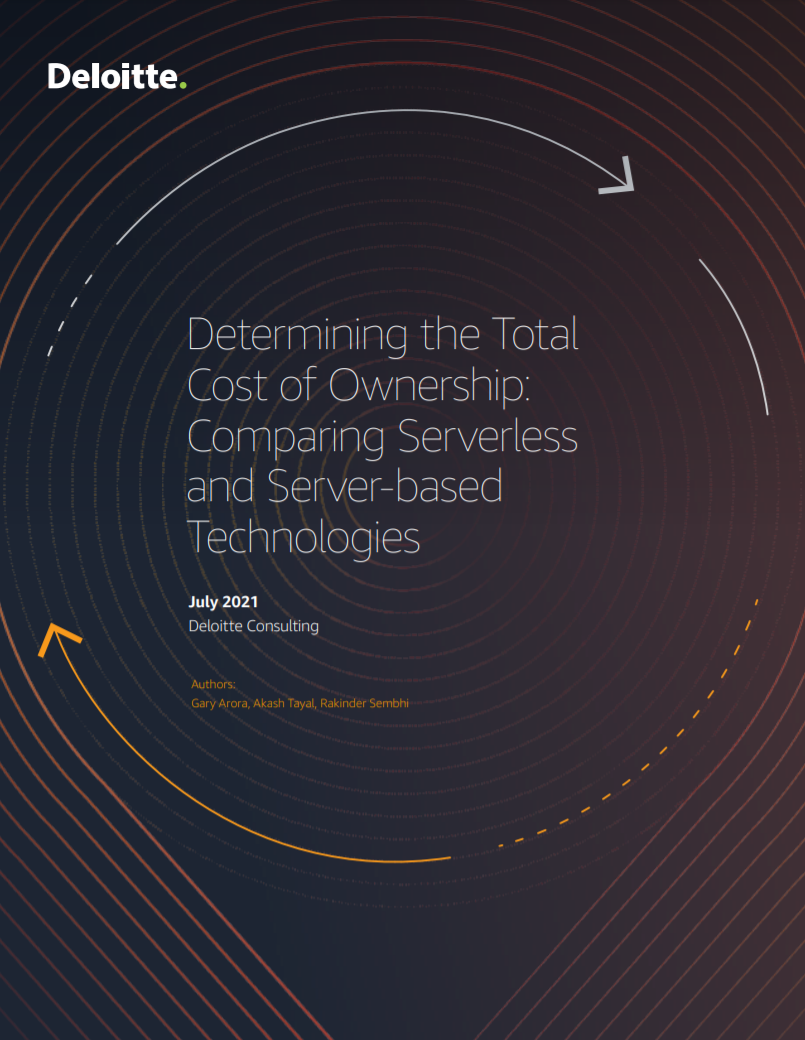Four business benefits of low-code
Low-code is the productivity tool capable of streamlining your development process

Low-code is a visual approach to software development that enables the delivery of applications with minimal hand-coding. The approach is certainly proving popular. In 2020 the low-code development market sizes $13.2 billion, with this figure forecast to soar to $45.5 billion by 2025, helping to support incremental growth in software spend as a whole.
Good reason lays behind the surging trend-of-the-day, low-code, with a set of compelling business benefits on offer. To discover how low-code has the capability to enhance your business with its development pursuits, read on.
RELATED RESOURCE

Your comprehensive guide to low-code
The missing component of your digital strategy - for developers and CIOs alike
Wider range of people can contribute
By nature, low-code democratises the development process by empowering employees outside traditional IT teams to have continuous input into the application delivery process. Collaboration is encouraged as anybody within the organisation is able to contribute, no matter their IT skills (or, lack of).
This is made possible as low-code offers visual development, usually in the form of drag-and-drop interfaces, which makes it possible to build apps without code. Even for those without a technical background whatsoever, pre-built modules can be used to construct simple applications without input from developers at any stage.
In this way, low-code harbours the collective creative might of an organisation, deconstructing the barriers which would otherwise separate IT teams. Visual development also ensures projects don’t become distorted as instructions are relayed from team to team. Instead of a screen brimming with unintelligible code, non-IT professionals are greeted with user-friendly interfaces allowing them to closely follow the process even if they aren’t involved in constructing. The result is a finished product that mirrors the initial concept.
Reduces hand-coding
Hand-coding refers to the writing of functional code. Producing applications entirely in this way is a time-consuming process and can result in error-strewn applications; even still, many applications are still built along this approach.
Low-code gives developers a headstart by offering catalogues of pre-built modules in the visual environment, ensuring they don’t have to hand-code entire applications. Time spent on development is shortened, while developers don’t have to bother writing and rewriting mundane blocks of code. As low-code is a flexible approach, experienced developers can in this way rely on the pre-built modules for the fundamentals, then choose to switch to hand-coding for the more particular elements of design, for instance when something isn’t included in the solutions design library.
Get the ITPro daily newsletter
Sign up today and you will receive a free copy of our Future Focus 2025 report - the leading guidance on AI, cybersecurity and other IT challenges as per 700+ senior executives
Essentially, by reducing the amount of hand-coding developers have to undertake, they are given the gift of time. Projects can be more tightly defined, ensuring they are fit for purpose, while developers can focus on more valuable segments.
App autonomy
For many organisations, particularly those falling into the SMB category, when it comes to development they suffer from a common problem: how to deliver applications fast and flawlessly without hordes of in-house developers. Off-the-shelf solutions are typically expensive, while freelance developers bring their own challenges.
Low-code allows even smaller organisations to produce tailor-made applications without input from innumerable developers. That’s because the low-code approach is much more efficient. Less people are needed to complete the process. And for those with an oversized development department, teams can be stripped down leading to quick cost savings.
In short, low-code development hands autonomy back to the business. They can produce the application they need to fulfil a business need, with fuss, cost and time kept to a minimum.
Agility
Identifying new business needs is key in moving organisations forward. Yet conventional approaches to developing the necessary applications to resolve these needs are cumbersome and protracted.
A business team will identify a new business need, then contact another team for a solution. Procurement teams can search for off-the-shelf solutions, or alternatively IT teams can begin development. However, off-the-shelf solutions can be expensive and difficult to integrate, while typical application development doesn’t provide a visual representation of progress; only after resources have been piled into the process does the business team realise whether the application fits their requirements.
Conversely, the low-code approach is capable of building and testing concepts quickly, meaning that as new business needs are identified they are fast-tracked to the boardroom. The quicker the concept gains approval, the quicker it can be deployed for the business’s benefit; or otherwise, the idea can be shelved without much wasted time and effort, and work on the next concept can begin.
The agility that low-code provides keeps businesses nimble enough to respond to evolving markets, ensuring opportunities can be capitalised upon.
What’s more, research shows that IT teams often have to refuse requests for new products as simply they lack the time to fulfil them. Often their time is spent working through backlogs rather than looking ahead. By quickening the development process, low-code empowers developers to work on the front-foot
-
 DocuWare CEO Michael Berger on the company’s rapid growth
DocuWare CEO Michael Berger on the company’s rapid growthNews ChannelPro sat down with DocuWare CEO Michael Berger to discuss the company's rapid growth and channel strategy.
By Bobby Hellard Published
-
 Seized database helps Europol snare botnet customers in ‘Operation Endgame’ follow-up sting
Seized database helps Europol snare botnet customers in ‘Operation Endgame’ follow-up stingNews Europol has detained several people believed to be involved in a botnet operation as part of a follow-up to a major takedown last year.
By Emma Woollacott Published
-
 Build modern applications on AWS
Build modern applications on AWSWhitepaper Manage less. Build fast. Innovate more.
By ITPro Published
-
 SAP's $7.7 billion Qualtrics sale branded a “win-win” situation
SAP's $7.7 billion Qualtrics sale branded a “win-win” situationNews The German software company has sold its 71% stake in Qualtrics which will see the company go private once again
By Zach Marzouk Published
-
 Google cracks down on murky data usage policies from app developers
Google cracks down on murky data usage policies from app developersNews Android developers have been given a July deadline to ensure they comply with Google's new app transparency rules on the Play Store
By Connor Jones Published
-
 Global enterprise application market to hit $468 billion by 2027
Global enterprise application market to hit $468 billion by 2027News Microsoft, Oracle, IBM, and SAP are among the top vendors influencing the market
By Praharsha Anand Published
-
 Apple's App Store now allows unlisted apps
Apple's App Store now allows unlisted appsNews Businesses are invited to make their limited-audience apps available only through a direct link
By Connor Jones Published
-
 Microsoft 365 prices to soar by 20% for pay monthly subscribers
Microsoft 365 prices to soar by 20% for pay monthly subscribersNews The move has sparked anger in the partner community with many feeling the decision benefits only the largest resellers
By Connor Jones Published
-
 How to speed up Windows 11
How to speed up Windows 11In-depth Is Windows 11 feeling a bit sluggish? Here are some handy tips for tweaking the OS to fit your system
By Barry Collins Last updated
-
 Comparing serverless and server-based technologies
Comparing serverless and server-based technologiesWhitepaper Determining the total cost of ownership
By ITPro Published